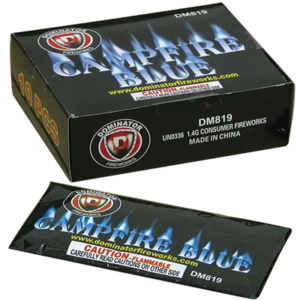The Science Behind Fireworks: Deflagration, Not Explosion.
Fireworks have mesmerized humanity for centuries, painting the night sky with vibrant colors and dazzling displays. While many marvel at their explosive spectacle, the truth behind fireworks is less about explosion and more about a controlled process known as deflagration. Understanding this distinction sheds light on the intricate science behind these luminous marvels.
At its core, the process of deflagration differs significantly from explosion. While both involve rapid combustion, they occur under different conditions and yield distinct outcomes. Explosions are characterized by supersonic shockwaves and the sudden release of energy in all directions, causing destruction in their wake. In contrast, deflagration involves a slower propagation of flame, typically subsonic, with a steady release of energy.
When we witness fireworks illuminating the sky, what we’re observing is not a sudden detonation but rather a meticulously orchestrated deflagration. The key components of fireworks — the shell, fuse, and various chemical compounds — are designed to facilitate this controlled burn.
The fireworks shell serves as the vessel for the display, containing compartments filled with pyrotechnic compounds responsible for producing the desired visual effects. These compounds consist of a fuel, an oxidizer, and chemical additives that determine the color, brightness, and other characteristics of the display.
The ignition of a firework begins with the fuse, a simple yet crucial component that initiates the deflagration process. Once lit, the fuse ignites a small charge within the firework shell, creating heat and igniting the primary pyrotechnic compounds. This ignition sets off a chain reaction, with the burning of one compound leading to the ignition of the next.
As the compounds burn, they release energy in the form of heat and light. This energy excites the atoms within the compounds, causing them to emit photons of specific wavelengths, which we perceive as colors. By carefully selecting and mixing different compounds, pyrotechnicians can create a stunning array of hues, from brilliant blues to fiery reds.
Crucially, the deflagration within a firework shell is tightly controlled to ensure a safe and visually captivating display. Pyrotechnic experts meticulously calculate the composition of the compounds, the timing of their ignition, and the arrangement within the shell to achieve the desired effects while minimizing the risk of mishaps.
While deflagration is the norm in fireworks displays, there are instances where accidental explosions occur, often due to mishandling or manufacturing defects. These incidents serve as sobering reminders of the importance of adhering to strict safety protocols and regulations in the production and use of fireworks.
In conclusion, fireworks captivate us not because of their explosive force, but because of the graceful dance of deflagration that unfolds within their shells. Understanding the science behind fireworks enhances our appreciation of these dazzling displays, reminding us of the ingenuity and artistry that goes into creating moments of wonder in the night sky.


 Video Below!
Video Below!
 dollars. Much of that number has gone to events such as the Pyrotechnics Guild International through donations of multiple massive displays, supporting the Junior Pyro’s for many years, and on several occasions donating entire shows of product to individuals to use in their competitions, many of them winning awards.
dollars. Much of that number has gone to events such as the Pyrotechnics Guild International through donations of multiple massive displays, supporting the Junior Pyro’s for many years, and on several occasions donating entire shows of product to individuals to use in their competitions, many of them winning awards.






